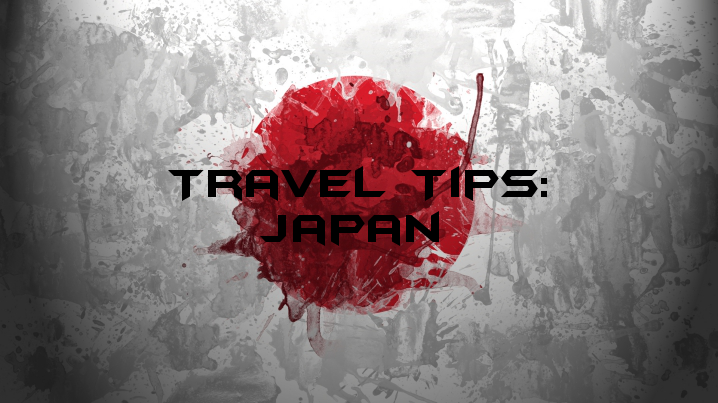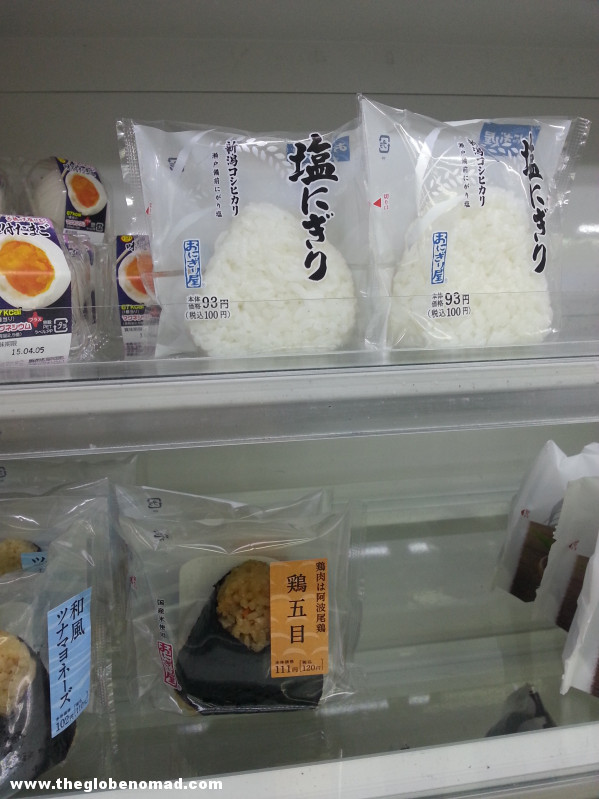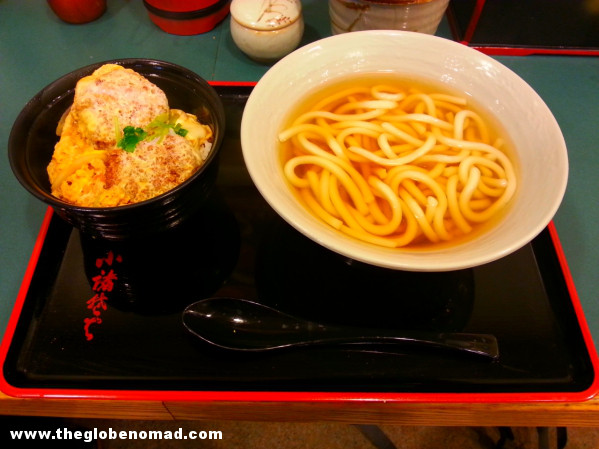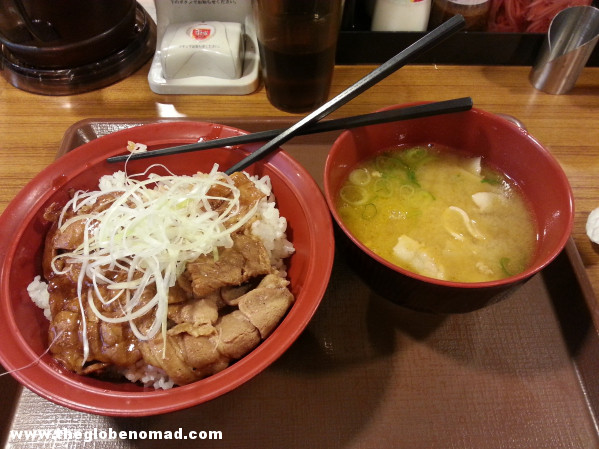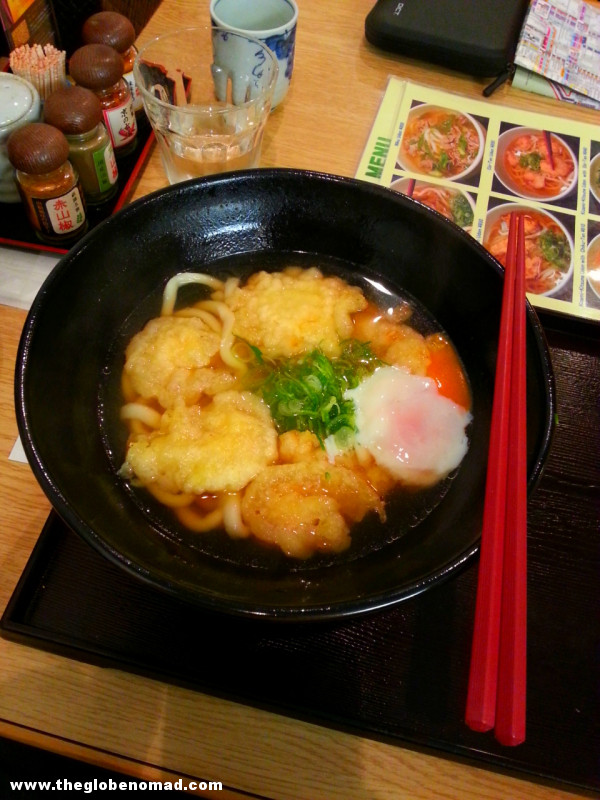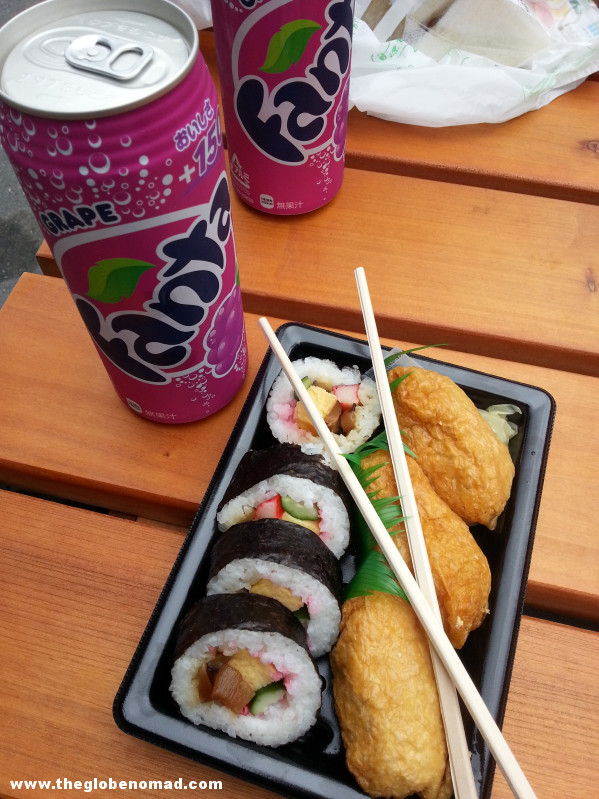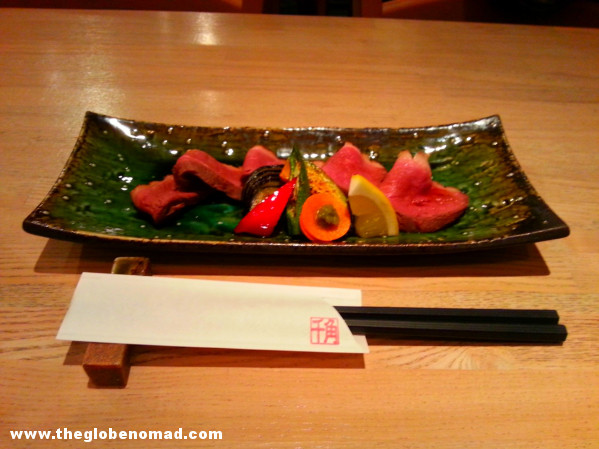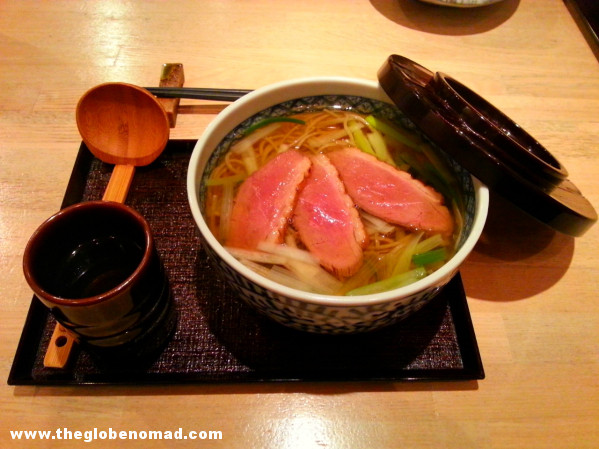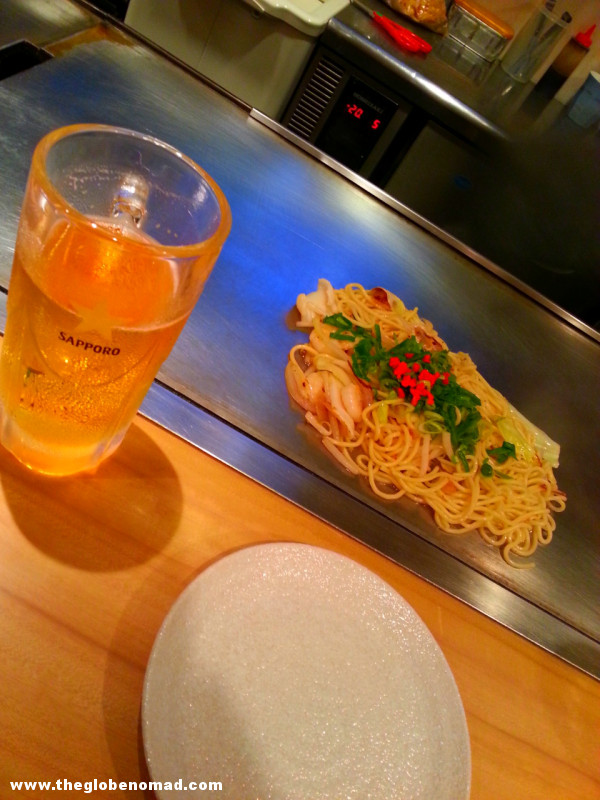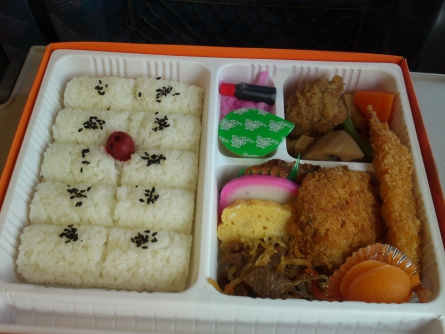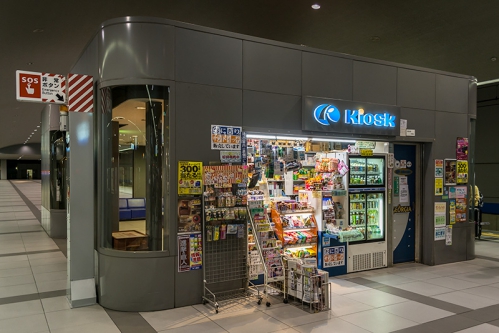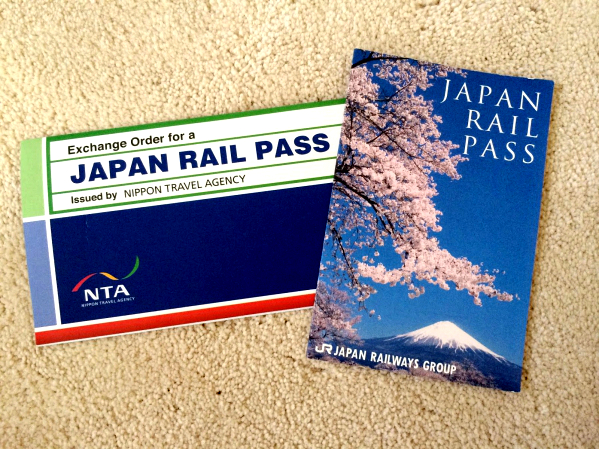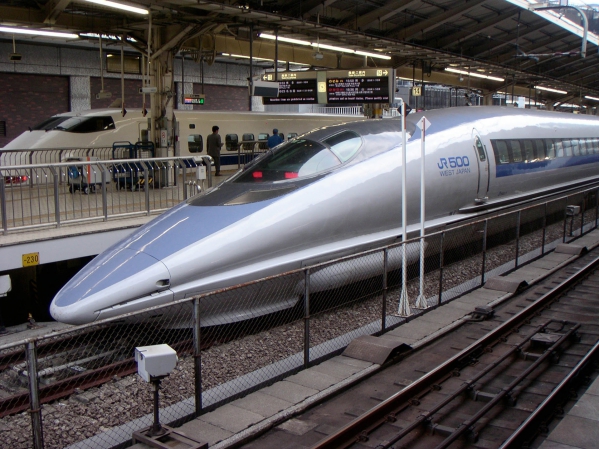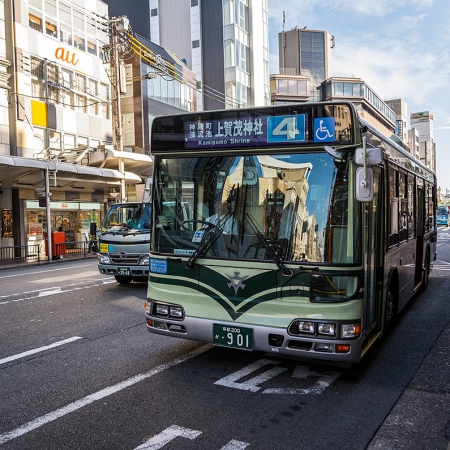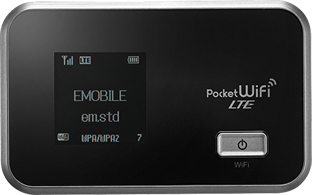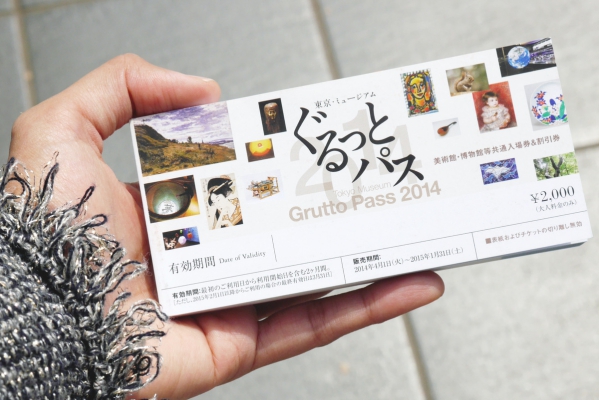This post aims to provide some useful travel information which you should consider familiarizing yourself with before travelling to Japan. Some of the travel tips I will go through also include ways on how you may save some money in the long run. From the get go, a considerable amount of money is spent to sort out the booking of flights and accommodation. At the back of your mind you know that you haven’t even factored in the day to day expenses – food, transport and entry fees to mention a few. Spending time in a metropolitan city can be even more expensive. Cities like Tokyo and Osaka are no exception, in fact they can be even more expensive than most cities in Europe. If you are not the type of person who manages to set budgets, you will quickly regret not planning sooner. Even though some people will still find a country like Japan expensive to visit, there are a few ways which enable you to save money and go about daily life quite comfortably. Here are a few travel insights which will definitely be of help when exploring Japan.
Food
Food can be very expensive in Japan. With reference to an article posted on CNN, Tokyo is still the most expensive city for everyday food items. Chances are you want to visit restaurants like Ninja Akasaka in Tokyo or Akasaka Kikunoi in Kyoto. Don’t hold back, visit these restaurants, but unless you’ve saved up a considerable amount of cash, you will not manage to afford going to similar restaurants on a daily basis. The options available are endless and believe me when I say you will be spoilt for choice.
For breakfast, I suggest you drop by one of the 7-Eleven shops. These convenience shops are found all around Japan (and the rest of Asia) and are well stocked with a variety of what I call on-the-go food, like sandwiches, nuts, sushi, bento boxes, ramen and onigiri. If you need certain food heated up, they will also offer to warm up certain items for you. At times you may also have benches outside the store and you can enjoy your meals there. In my opinion the food here wasn’t expensive, however if your research leads you to believe the contrary, there is always the option to locate a supermarket close by. Either way, expect impeccable customer service.
Lunch. You’ve spent the morning going around the city discovering new places and roaming the city’s streets. You’ve definitely worked up an appetite. You’ve seen a few great restaurants, some are also listed with a 5 star rating but the price is too high. You spot a McDonalds across the road – keep walking. You’re in Japan! You need to experience something local. In my opinion there isn’t a better place than a ramen ‘fast food’ restaurant. As soon as I walked in, I knew the experience would be totally different from what I’m used to at home. Usually jam-packed with locals who visit for lunch before continuing work, you don’t need to wait for a long time before seats are available. The process is (strange) but simple. You walk in and you locate a machine (similar to a cigarette machine) which is filled with a number of buttons. Each button contains a little image with the food you would like to order. You throw ¥EN in the machine, you select what you want to eat (yes, everything is in Japanese) and you wait a few milliseconds for the machine to give you a ticket. You then find your seat and pass the ticket to the waiter/ress. In no time at all, lunch will be in front of you and to accompany it, free water and maybe free green tea which isn’t always on offer. You are served quickly, adding to the ‘fast food’ experience and strangely enough there seemed to be little time for people to socialize. I don’t recall ever seeing a group of friends eating and laughing together like we generally do in Malta. Anyway, this option was definitely one of the cheapest I found when travelling in Japan. The food was really good too. Expect dishes which include rice, noodles, soups, a combination of soup and noodles, meats and vegetables.
A good time to visit a restaurant in Japan would be dinner. You may treat this as the day’s special meal. A good trick I learnt while walking in Japan’s cities was too constantly be on the look out for those restaurants which are tucked away in an alley. There are certain places which display plastic representations of the food they offer outside the restaurants, including the plate size and the price. You can easily gauge and compare what’s on offer with other restaurants in the area. Like with any other restaurant in any other country, it would be a good idea to visit a restaurant which has locals dining inside. Don’t feel ashamed to eat more ramen for dinner from one of the ramen shops I previously mentioned, you will miss it once you leave Japan. Additionally don’t hold back on visiting markets and eating at food stalls. Japan is surrounded with markets which offer some really amazing food. You can easily spend half a day in a market, trying out new food. Take my word for it, the noodles and the crab sticks are delicious!
A good trick to keep you going throughout the day is to have a good sized, healthy breakfast. Also stock up on items like nuts which give you a much needed energy boost throughout the day. Keep in mind that wherever you go in Japan, you are bound to find convenience stores and supermarkets. Another good time to consider buying some food is before catching a train. Usually stores next to the train you’re departing from are available and they offer what the Japanese call bento boxes which is a single portion take out which contains rice, vegetables, fish or meat.
Transport
Rest assured that you will be doing a lot of walking but it is impossible not to make use of transport in a country like Japan.
I will start with the mode of transport you will mostly be using – trains. The service to use trains isn’t exactly cheap. In fact depending on the destination you want to travel to, prices may be a little on the high side. Japan has one of the fastest train systems in the world known as the Shinkansen – The Japanese Bullet Train. Luckily for tourists visiting the country, a cheaper version to board Shinkansen trains is available and this is known as the JAPAN RAIL PASS. If you plan on visiting cities which are far away from Tokyo, then I suggest that you greatly consider this as it is worth it and I’ve personally made use of the pass.
There is obviously information which you should know about prior to buying the pass:
- The JAPAN RAIL PASS cannot be used for travel on NOZOMI and MIZUHO trains on the Tokaido, Sanyo, and Kyushu Shinkansen lines.
- The JAPAN RAIL PASS is a special fare ticket that is available only to travellers who are visiting Japan from foreign countries who are visiting for a holiday.
- You need to book the pass before entering the country.
- A voucher will be sent by post which can be exchanged for the JAPAN RAIL PASS through a JR exchange point.
- Usually the voucher can be exchanged for a 3-month period following the date of issue.
- The activation date of the pass, once the pass has been exchanged, can no longer be changed.
- The pass is valid on the Tokyo Monorail, some lines of Aoimori Railways and local JR buses.
- With the Pass, no additional fee is required when reserving seats in Japan.
- To access the platforms, show your pass and/or your ticket to the JR staff located at the gate to the platform.
- To reserve a seat, go to see the agents at the the ticket office.
- It is a personal pass. Always carry your passport along with the Pass. Station staff may want to check it.
- No refund is possible for a lost or stolen pass.
All this information for a pass may seem a little overwhelming, but it really isn’t. You order everything online and the voucher, booklets and information will be sent to you via post. Once you arrive in Japan, you will need to locate a JR exchange point to exchange the voucher to a physical pass which looks like a small booklet or a passport. Unless the station offers JR lines, then you won’t be able to use the pass. You will need to buy a separate ticket using the ticket machines. The JR PASS is therefore mostly needed and valid for those trips which will take you across Japan, for example, Tokyo to Osaka, Osaka to Kyoto, Osaka to Hiroshima and so on. For additional information refer to the following JR PASS website. My friends and I had booked the JR PASS through japan-rail-pass.com and we didn’t encounter any difficulties. Moreover, due to the number of train lines available, it is very easy to get lost. Don’t worry about this though as there is always someone to ask next to a train gate.
If you plan on catching internal flights, I suggest you look into Japan Airlines’ services (JAL). You can book flights to a number of major airports in Japan including the ones located in Tokyo (Haneda and Narita), Osaka (Kansai), Sapporo (New Chitose) and Hiroshima. If you are looking to compare flight prices, also consider ANA and Jetstar.
Like any other mode of transport in Japan, bus services are regular, efficient and inexpensive. Having said that there is always the possibility to further save some money from this type of transport. In Kyoto for example, a number of different passes exist. The first is the One and the Two-Day Pass at ¥1200 and ¥2000 respectively. The 2nd option is the Kyoto Sightseeing One-day Pass which costs around ¥1300. Tokyo has a service called the Sky Bus Tokyo which takes you through Tokyo’s major sightseeing spots at around ¥2500 (One-day pass). Remember to always board from the rear door, pay or swipe the ticket before disembarking and exit from the front door (next to the driver). Pay attention where you are sitting by simply looking out for any disabled or elderly signs above or next to the seats.
Pocket WIFI
I don’t need to go into any details about the size of Japan’s cities. One item which I honestly do not regret getting is what is known as a Pocket WIFI. Will you survive without it? Yes you will. Is it useful? I used it constantly for navigation and communication purposes. The price isn’t cheap but trust me, there will be many times were you will be grateful that you can turn to it for directions. Using the same website through which we had booked our JR PASS, Japan Rail Pass also offers a package for Pocket WIFI rental. Renting it for around 21 days will cost you approximately €100 ($106). After you book the device online, you will need to pick it up from the airport at a specific time which you personally need to provide when filling in the details. A large envelope is also provided which will be used at the end of the renting duration. Simply dump the device (and other contents) in the envelope, seal it and drop it in a letter box at the airport – simple. The advantage is that you have an internet connection wherever you go. This means that services like email and Google Maps are always available. Just treat the Pocket WIFI as a normal mobile device, meaning that you will need to charge it before heading out and keep it on you at all times for quick Internet access.
Museum Passes
Like anywhere in the world, Japan has its good share of museums. You simply cannot miss the opportunity to visit a few and get to know about the history of Japan, its art and the stories of the samurai and the ninjas. Similar to the passes offered in museums in Europe, Japan has some good options to look out for too. The Grutto Pass for example is a ticket booklet which offers a number of discounted and free admission into certain museums in Tokyo for around ¥2000. You may buy the pass from the Tokyo Tourist Information Center, located in the 1st floor of the Tokyo Metropolitan Government Building No.1. To accompany the pass, a One-day ticket pass for all train lines is also provided.
